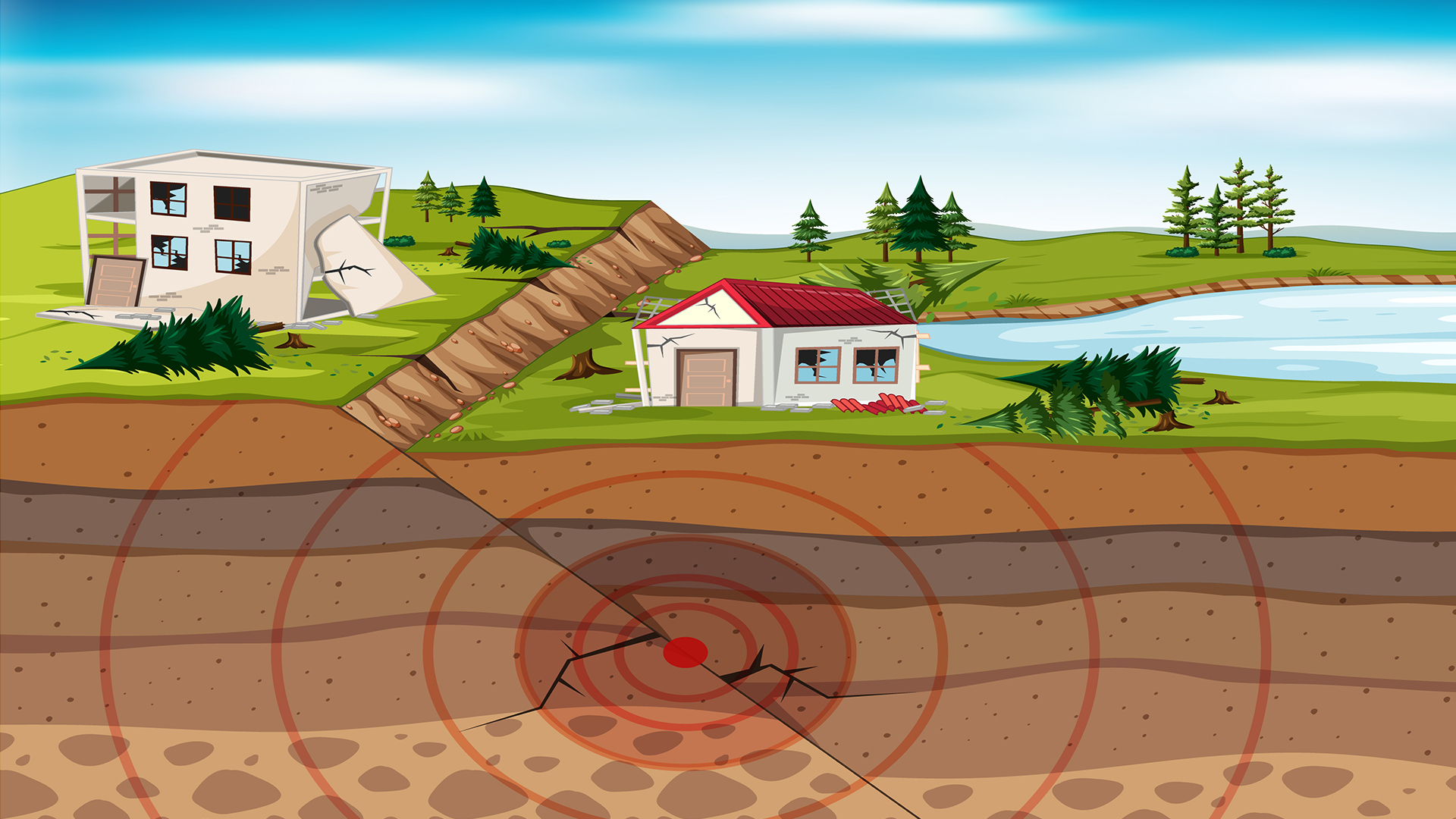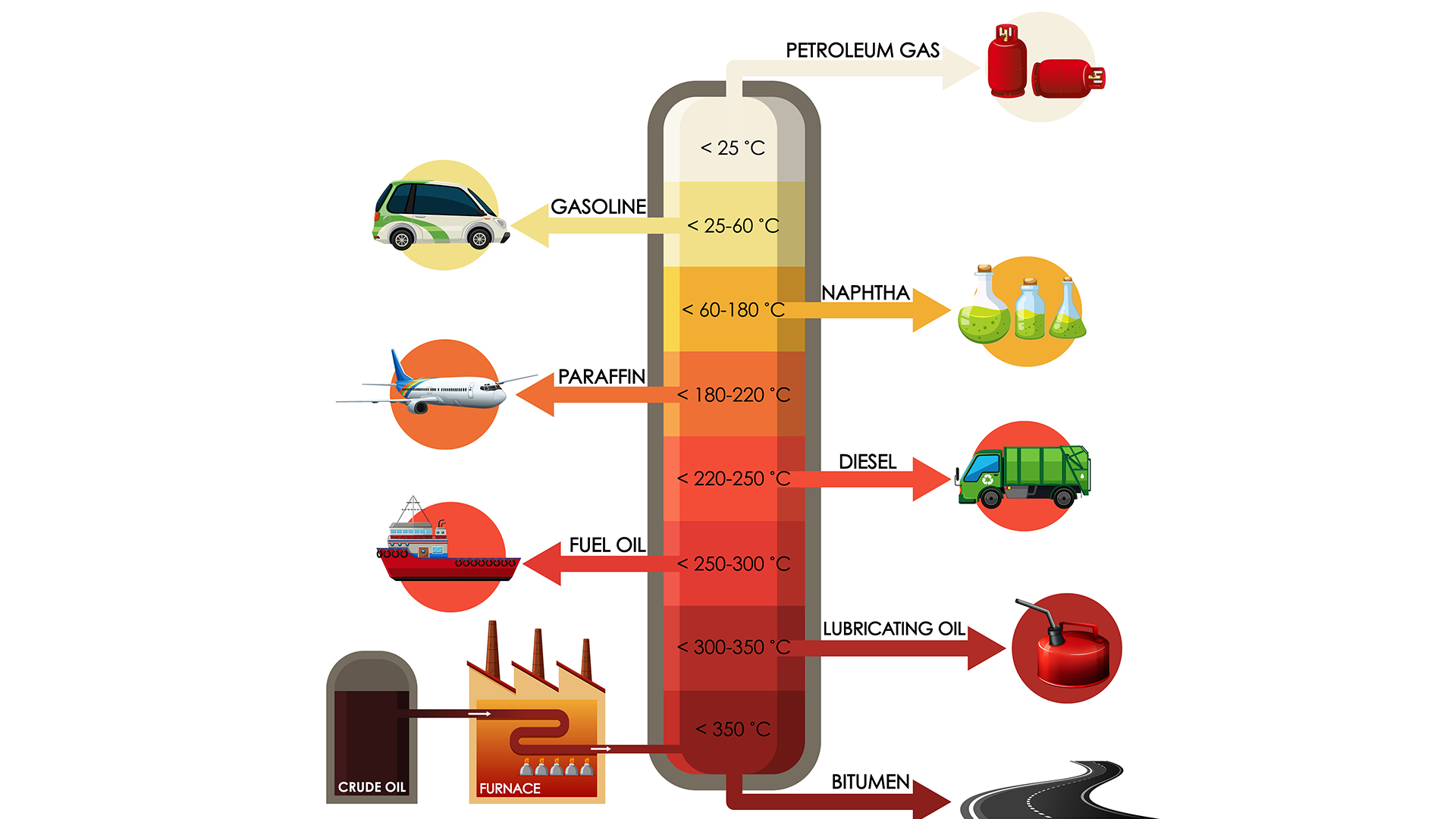
Seismic Interpretation & Basin Analysis Revolution
Course overview
The goal of this Training Bee course is to provide participants a thorough understanding of the underlying ideas behind seismic interpretations. Geological data, gravity and magnetic data, well data, the creation of a synthetic seismogram, and its application in several interpretations will all be covered in the course. In addition, the fundamentals of source rocks, sedentary basin models, migration, geodynamic models, and basin maturation will be taught to the participants. Lastly, the course will provide thorough explanations on how to use these ideas and methods within the framework of the rift basin system. In-depth discussions on picking and mapping horizons will be given in addition to the most recent seismic 2D and 3D data interpretation tools that are used both onshore and offshore. Seismic interpreters, development and exploration geologists, sedimentologists, and other professionals interested in using geological and seismic data for rift basin research will find the course to be an update and refresher.
What Standard Methods Are Used in Quantitative Seismic Interpretations?
In order to map stratigraphy, geologic structures, and reservoir architecture, seismic interpretations require tracking and choosing reliable seismic reflectors. Finding hydrocarbon accumulations, estimating their quantities, and figuring out their extents are the main goals. Traditional seismic interpretations need a solid foundation in geology and geophysics. The majority of seismic interpreters often employ forward seismic modeling, elastic impedance inversion, post-stack amplitude analysis, offset-based amplitude analysis, or AVO analysis, as common methodology for their interpretations. Hydrocarbon abnormalities are verified and validated by these approaches, which also furnish further information for prospect assessment and reservoir characterization.
Which Types of Basins Are There?
A depression or dip in the surface of the ground is called a basin. Usually, they have a bowl-like shape, with higher sides than bottom. They can also have an oval or circular shape, similar to a bathroom sink or tub. Erosion from above or earthquakes from below are the two main processes that form basins. Some are empty, and some are full with water. River drainage basins, ocean basins, and structural basins are the three primary categories of basins. The regions that a river and its tributaries drain are known as river drainage basins. The several watersheds that make up a river’s drainage system are referred to as river drainage basins. The largest depressions on Earth’s surface are called ocean basins. Ocean basins are divided into five primary categories: the Atlantic, Pacific, Arctic, Southern, and Indian basins. The earth’s crust, or tectonic plates, shift and form the structural basins as a result. Earthquakes and volcanoes are examples of natural events caused by plate tectonics.
Introduction
A foundation in the essential ideas and useful applications of using seismic data to comprehend the geological features of rift basins is provided by An Introduction to Seismic Interpretation & Basin Analysis, Principles and Applications in Rift Basin. Participants in this course will gain the information and abilities necessary for resource optimization, reservoir assessment, and exploration in these geologically relevant areas.
Interesting geological formations known for their intricate structural and stratigraphic aspects are rift basins. Comprehending these basins is crucial for efficient resource management and exploration. The goal of this introductory course is to give learners a thorough understanding of the fundamentals and practical applications of seismic interpretation in rift basins.
We are The Training Bee, a global training and education firm providing services in many countries. We are specialized in capacity building and talent development solutions for individuals and organizations, with our highly customized programs and training sessions.
To sum up, participants who complete an Introduction to Seismic Interpretation & Basin Analysis in Rift Basins will have the information and abilities necessary to comprehend and maximize resource evaluation, production, and exploration efforts in these distinctive geological environments. It highlights how important seismic interpretation is to the analysis of rift basins and provides useful information about how this information may be used in the oil and gas sector.
Learning Objectives
Upon completing Seismic Interpretation & Basin Analysis, Principles and Applications in Rift Basin, participants will be able to:
- Learn how to use realistic geophysics, geochemistry, and geology techniques to systematically evaluate the development of a basin’s conventional and non-conventional petroleum systems.
- Assess the principles of geomechanics governing the burial history of a basin by employing the tectonics subsidence analysis technique.
- Find out the thermal history of a basin and how it affects source maturity dynamics.
- Determine and explain the main rift basin structural traits and features.
- Recognize seismic phenomena, build geologic models, make maps, and decipher seismic sections.
- Discover how to link well data and subsurface stratigraphy.
- Using seismic stratigraphy, develop and create a stratigraphic framework.
- Create and evaluate event charts for petroleum
Our Unique Training Methodology
This interactive course comprises the following training methods:
- Journaling – This consists of setting a timer and letting your thoughts flow, unedited and unscripted recording events, ideas, and thoughts over a while, related to the topic.
- Social learning – Information and expertise exchanged amongst peers via computer-based technologies and interactive conversations including Blogging, instant messaging, and forums for debate in groups.
- Project-based learning
- Mind mapping and brainstorming – A session will be carried out between participants to uncover unique ideas, thoughts, and opinions having a quality discussion.
- Interactive sessions – The course will use informative lectures to introduce key concepts and theories related to the topic.
- Presentations – Participants will be presented with multimedia tools such as videos and graphics to enhance learning. These will be delivered engagingly and interactively.
Training Medium
This Seismic Interpretation & Basin Analysis, Principles and Applications in Rift Basin training is designed in a way that it can be delivered face-to-face and virtually.
Course Duration
This training is versatile in its delivery. The training can be delivered as a full-fledged 40-hour training program or a 15- hours crash course covering 5 hours of content each day over 3 days
Pre-course Assessment
Before you enroll in this course all we wanted to know is your exact mindset and your way of thinking.
For that, we have designed this questionnaire attached below.
- Describe seismic interpretation and its application to rift basin exploration. Describe the role that seismic data plays in basin analysis.
- What are the main geological processes that cause rift basins to form, and how do they affect the structural and stratigraphic features of the basin?
- Describe the primary seismic data types, such as 2D and 3D seismic surveys, that are frequently utilized in basin analysis. What are the differences between different data kinds and which ones are most useful when?
- Talk about the fundamentals of seismic stratigraphy and how the stratigraphic architecture of rift basins is interpreted using seismic data. Give instances of the features found in seismic stratigraphy.
- Describe the idea of seismic characteristics and how they might be used to improve the understanding of rift basin lithologies and geological formations.
Course Modules
This Seismic Interpretation & Basin Analysis, Principles and Applications in Rift Basin covers the following topics for understanding the essentials of the Agile Workplace:
Module 1 – A Brief Overview of Seismic Interpretation
- The seismic studies’ past
- Interpretation guidelines for seismic data
- Geophysical and seismic techniques
- Gravitation
- Magnetism
- Earthquake and electromagnetic response
Module 2 – The Foundations of Rift Valleys
- Typical rift basin characteristics
- Outcrop geology as well as rift basin research and analysis
- The processes on Earth that produce rift basins
- Superposition and several stages of rifting
- Current developments in rift basins
Module 3 – Interpretations from Stratigraphy and Structure
- Exercise in correlation and mapping using a 3D seismic grid
- Interpretation of bright spots
- Earthquake-well tie
- Creation of maps
- Interpretation in numbers
- Horizon interpretation.
Module 4 – Tectonic Development and Rift Basin Structural Environments
- Major rift basin features identified using seismic
- Wall-hanging procedures
- Major hydrocarbon trap types and rift basin fault styles
- Development of complex and trans tensional overprint basins
- Models of crustal straining, rift basin formation, and extension
- Footwall raising and associated procedures
- Mechanisms of basin development
Module 5 – Utilizing Seismic Technology for Exploration and Production of Oil
- An explanation of the migration routes
- Form and placement of the parent rocks
- Reservoir and seals’ location and shape
- Block Measure
- Hydrocarbon Indicators Direct (DHIs)
- Mishaps and non-conformance
- Reservoir location and shape
Module 6 – Petroleum System Development in Rift Basins
- Hydrocarbon migration in rift basins
- Rock expansion and distribution of hydrocarbon sources in rift basins
- Seal integrity and presence in hydrocarbon seals
- Existence and expansion of reservoirs in rift basins
- Utilizing and implementing basin modeling in rift zones
- Seismic characteristics, rift basin exploration, and potential hazards
Module 7 – Methods of 2D and 3D Interpretation
- Vertical hyperbole
- Events, hard and soft
- Fluid contacts, non-geological horizons, and stratal interfaces are examples of seismic horizons.
- RMS amplitude, pseudo-gradient, and AVO
- Geophysics: A quantitative interpretation
Module 8 – Recognition of Rift Phases and Basin Stratigraphy
- In rift basins, seismic facies and sedimentary systems and techniques
- Identification of rift periods and integration of well log data
- Within rift basins, sequence stratigraphy and seismic sequence stratigraphy
- Rift systems applied biostratigraphy for age dating, paleoenvironmental interpretations, and correlations.
Module 9 – Dangers and Making Decisions
- Fundamental ideas
- Choice trees and game theory
- Number-based deterministic
- Defines petroleum reserves
- Stochastic quantitative Monte Carlo
Post-course Assessment
Participants need to complete an assessment post-course completion so our mentors will get to know their understanding of the course. A mentor will also have interrogative conversations with participants and provide valuable feedback.
- Describe the main function of seismic interpretation in basin analysis, with particular reference to rift basins. In what way does it advance our knowledge of these geological features?
- Explain the geological mechanisms that cause rift basins to arise and how they affect the structural and stratigraphic features of these basins.
- Compare and contrast the uses, benefits, and limits of 2D and 3D seismic data for basin study. Give instances of situations in which each category of data is most useful.
- Describe the fundamentals of seismic stratigraphy and the process by which the stratigraphic architecture of rift basins is deduced from seismic data. Give particular illustrations of the seismic stratigraphic characteristics you might find in rift basins.
Lessons Learned
The formation and evolution of basins: By now, participants should be aware that rift basins are intricate geological formations created as the Earth’s crust extends. They will comprehend how rift basins change throughout time and the different mechanisms that go into basin development.
Function of Seismic Interpretation: Seismic interpretation is an effective method for comprehending the stratigraphy and underlying architecture of rift basins. Pupils will understand how important it is to defining basin architecture.
Seismic Data Types: A variety of seismic data sets, including 2D and 3D surveys, offer insightful details regarding rift basins. After learning to distinguish between these data kinds, participants will be able to weigh the benefits and drawbacks of each.
Seismic stratigraphy: Participants can interpret the geological layering inside rift basins by using the principles of seismic stratigraphy. They will understand the importance of seismic stratigraphic features in locating possible source rocks and reservoirs.
Seismic Attributes: By learning about the value of seismic attributes, students will be better equipped to evaluate the lithologies and geological structures found in rift basins, which will help with resource evaluation.
Workflow and Process: The course will have covered the collecting, processing, and interpretation of data as well as a methodical workflow for seismic interpretation. Participants will comprehend how to use this approach for analysis of rift basins.







